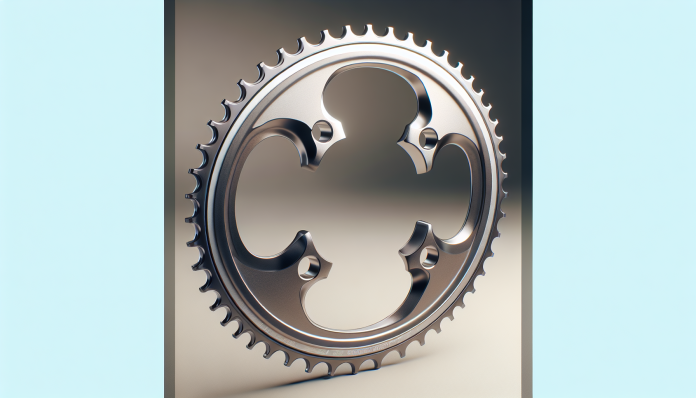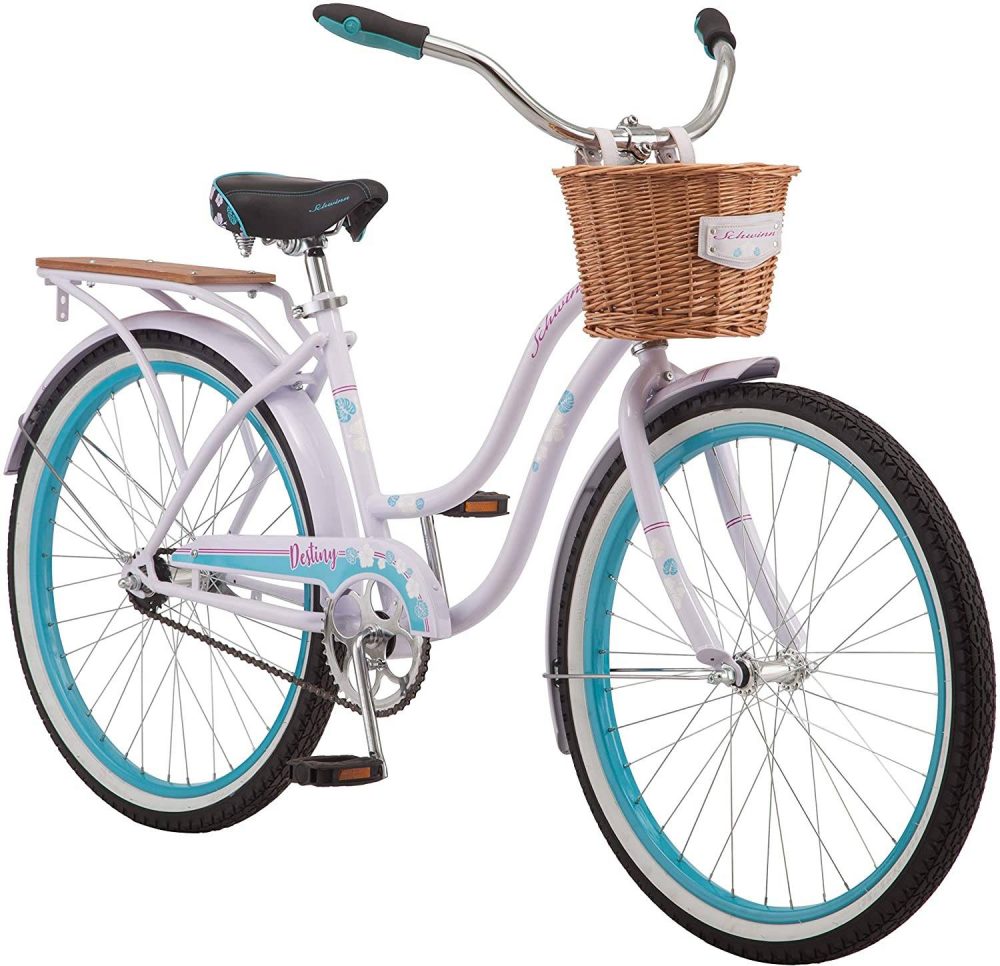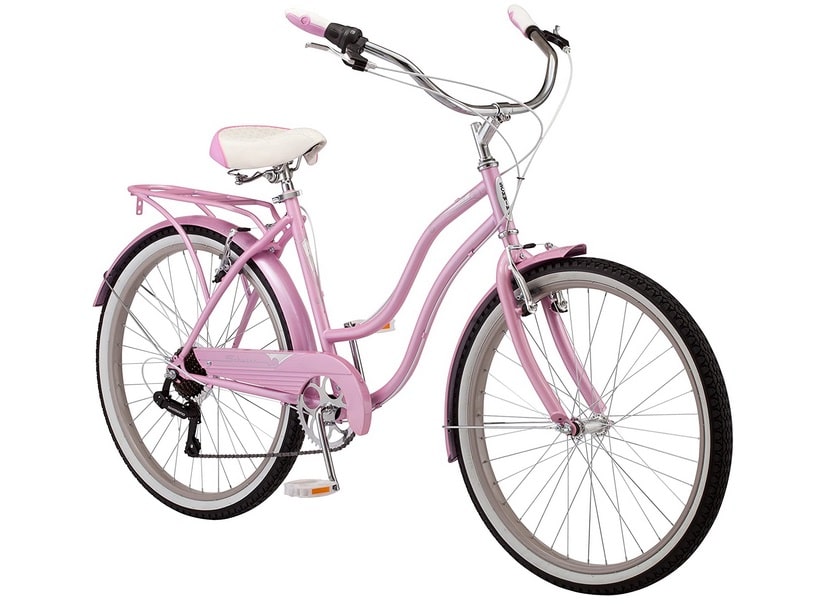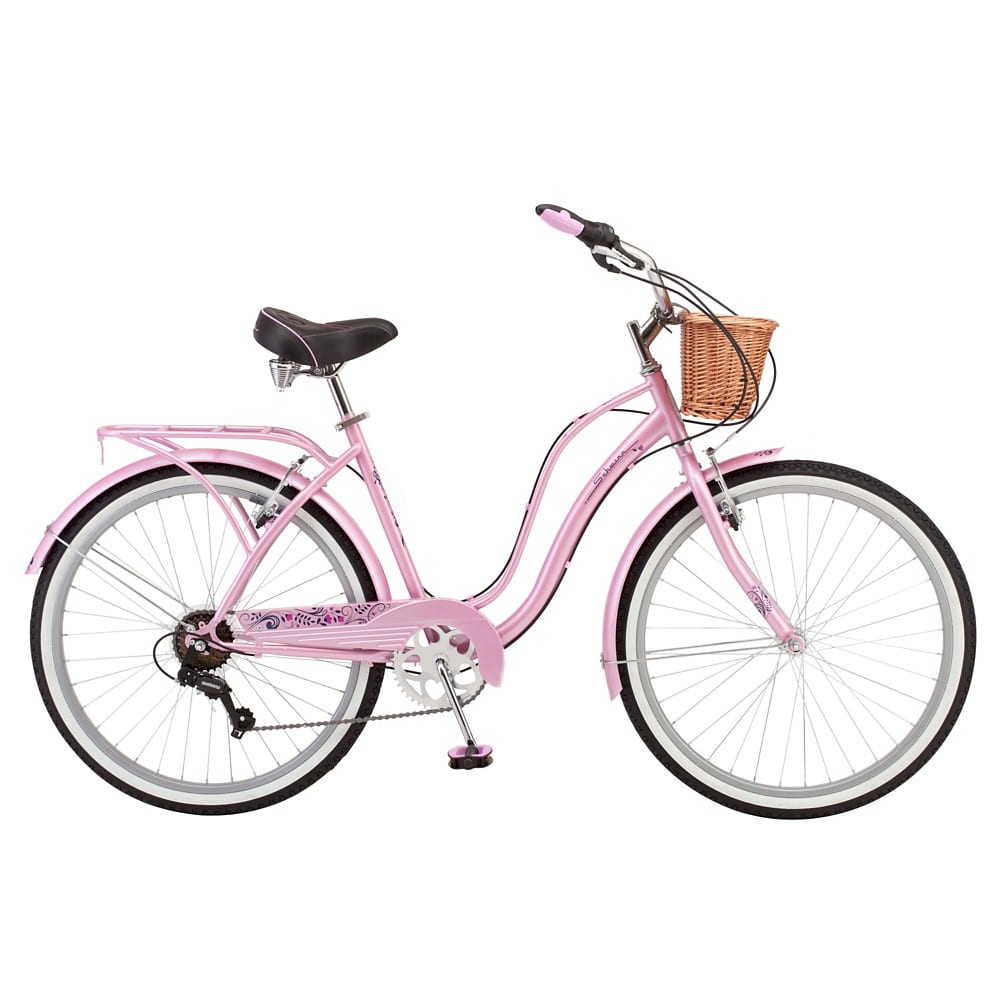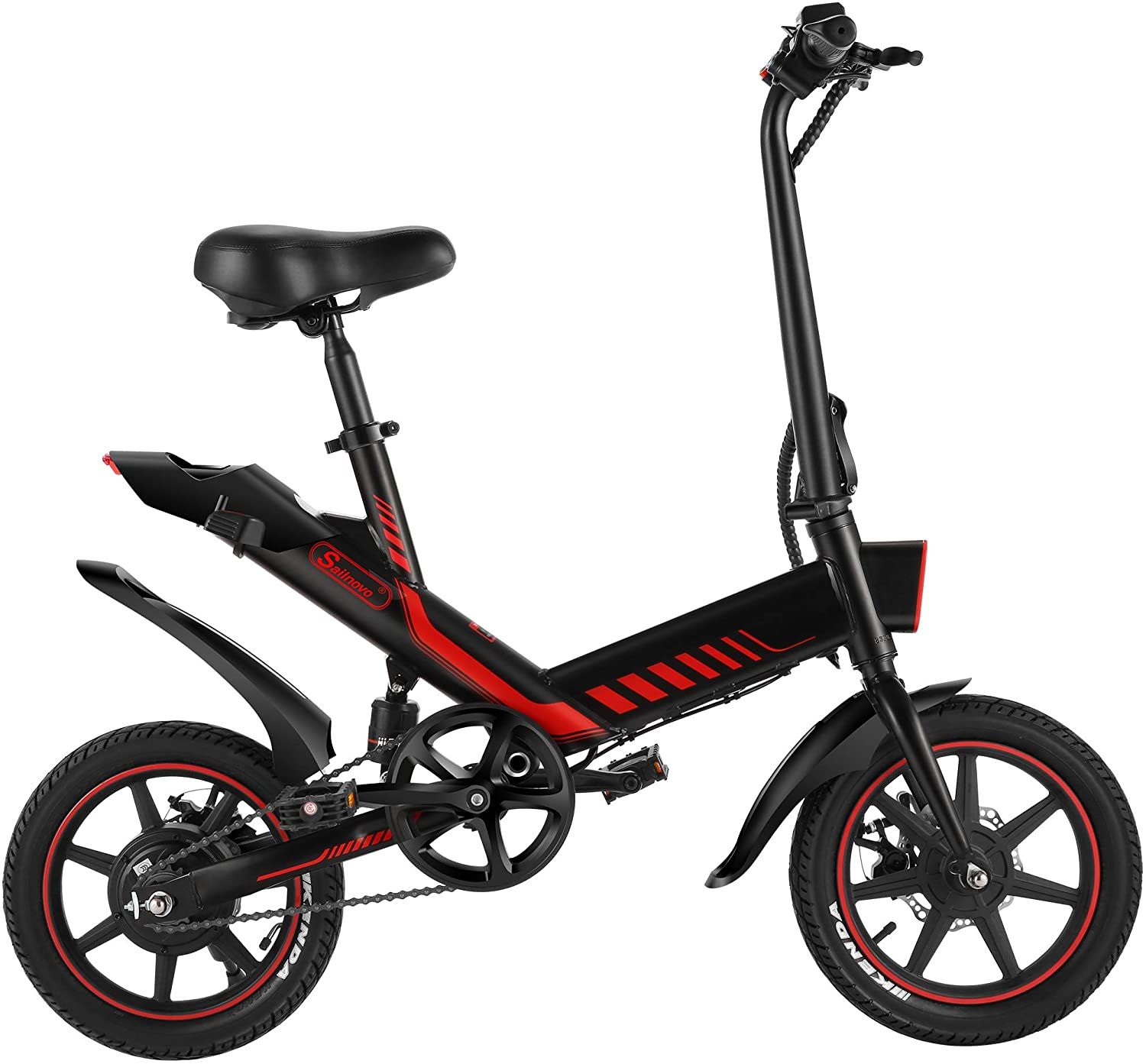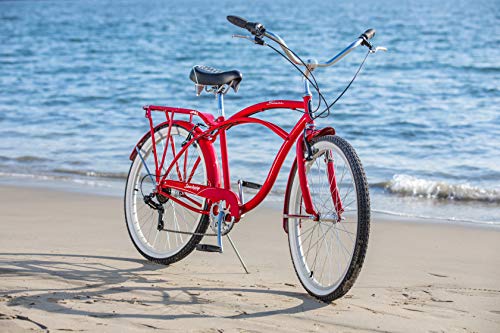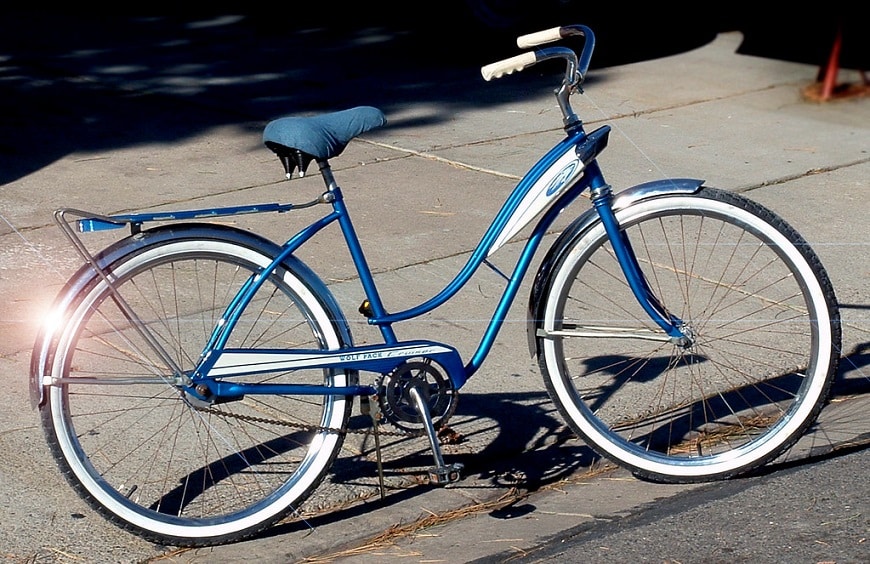Have you ever wondered whether switching to an elliptical chainring could change how your gravel or MTB rides feel and perform?
My quick overall impression
I was immediately interested when I put the Wolf Tooth Elliptical Gravel Road Bike Direct Mount Oval Chainring for SRAM Cranks (38 Tooth, PowerTrac, MTB) on my bike. Right away I noticed how precise the machining feels and how light the ring is compared with many OEM parts I’ve used. My rides felt smoother in certain cadence zones, and shifting was predictably solid once I dialed in chainline and B-tension.
Wolf Tooth Elliptical Gravel Road Bike Direct Mount Oval Chainring for SRAM Cranks (38 Tooth, PowerTrac, MTB)
Product specifications at a glance
I like to see the facts laid out before I test something. The table below summarizes the core specs and compatibility so I can confirm fitment before installation.
| Specification | Details |
|---|---|
| Product name | Wolf Tooth Elliptical Gravel Road Bike Direct Mount Oval Chainring for SRAM Cranks (38 Tooth, PowerTrac, MTB) |
| Mount type | Direct Mount for SRAM |
| Teeth | 38t |
| Chain compatibility | Drop-Stop B tooth profile compatible with 9, 10, 11spd chains and 12spd SRAM Eagle, KMC, Connex, Wippermann, Campagnolo, SRAM Flattop AXS |
| Material | 7075-T6 aluminum |
| Made in | USA (Wolf Tooth Components) |
| Offset | Non-Boost (Standard 6mm Offset) |
| Intended use | Gravel / Road / MTB (PowerTrac design) |
| Special feature | Elliptical / oval profile to alter effective gearing through the pedal stroke |
What the spec sheet means to me
Seeing 7075-T6 aluminum and a US-made tag gave me confidence in durability and tolerances. The 6mm standard offset clarified fitment for my non-Boost frames. Knowing the chain compatibility list helped me avoid mixing incompatible chains, which can cause poor shifting or premature wear.
Why the direct mount and offset matter
I pay attention to direct mount types because that determines whether the ring will fit my SRAM crankset without adapters or spacers. The 6mm offset confirms this ring sits in the standard chainline position for many SRAM road and gravel cranks; that made my installation straightforward on my non-Boost bike.
Design and build quality
I noticed the machining immediately. The chamfers, tooth profiles, and overall finish are crisp, which tells me Wolf Tooth used good controls at the CNC stage. The 7075-T6 material balances lightness and strength, and the anodized finish resists corrosion on wet rides.
I appreciate that they designed the teeth with the Drop-Stop B tooth profile, which is more aggressive for single-ring setups. That helps me keep the chain engaged over rough terrain.
The elliptical (oval) shape and why it exists
The elliptical design alters effective gearing during the pedal stroke—making it slightly easier at the dead spots and harder where I have more power. I found it subtle but noticeable: it changed my cadence patterns and how I approach sustained efforts. The aim is to improve pedal efficiency and reduce fatigue, and in many situations I felt that effect.
Installation and fitment
Installation was simple for me because this is a direct mount ring designed for SRAM cranks. I removed the existing round ring and swapped the Wolf Tooth unit into place, torquing to manufacturer specs. No special tools beyond the appropriate torque wrench and the crank removal/installation tools were needed.
I do recommend checking chainline and B-tension after installation. The 6mm offset matched my existing setup, but frames and cranks vary, and small adjustments to the derailleur or chain length may be required for flawless shifting.
Steps I followed for a smooth install
- I cleaned the crank interface to remove old grime and grit.
- I removed the crank spider or adapter as required by my crank model.
- I installed the Wolf Tooth ring aligned as marked for orientation.
- I torqued bolts to spec and rotated the cranks to inspect chain engagement.
- I adjusted rear derailleur B-tension and rechecked shifting across the cassette.
Taking the extra minute to check every step saved me from encountering a rattling chain or poor shifts on my first ride.
Chain compatibility and retention
Chain compatibility is a big topic for me because mixing chainring profiles with inappropriate chains can cause rapid wear or dropped chains. The Drop-Stop B profile on this ring supports all 9, 10, and 11-speed chains and many 12-speed chains (SRAM Eagle, KMC, Connex, Wippermann, Campagnolo, and SRAM Flattop AXS).
I tested it with a 12-speed SRAM Eagle chain and an 11-speed road chain. Both seated well on the teeth, and chain retention felt excellent over rough gravel strapping. Wolf Tooth’s tooth shaping helps keep the chain in place without a narrow-wide pattern; it’s tuned for single-ring reliability.
Real-world chain retention notes
On very rough descents I sometimes glance back to ensure the chain stays in place. With the Drop-Stop B profile I had no chain drops in several hundred kilometers of mixed gravel and singletrack. Pairing it with a clutch-equipped derailleur further reduced my worries.
Shifting performance
Shifting was predictable when I kept chainline correct and avoided extreme chain angles. Because this is a single-ring oriented product, I focused on how it behaved when shifting across the cassette rather than chainring changes.
When I sprinted from low to high cadence or back, the oval shape introduced a feeling of smoother power delivery as the effective gear shifted through my pedal stroke. Shifts onto big cogs under load required normal rear-derailleur care—this ring didn’t change the rules, but it also didn’t impede clean shifts.
Tips I use for best shifting
- Keep your chain and cassette clean; contamination affects shifting more than chainring shape.
- Use a clutch derailleur for gravel and MTB to minimize chain slap and drops.
- Double-check chain length after installation, especially if you vary the ring size compared to your previous setup.
Weight, stiffness, and material behavior
At 7075-T6, the chainring is lighter than many steel or heavier aluminum options, and it feels stiff under load. I noticed minimal flex even when sprinting hard. The stiffness translates into direct power transfer—my energy felt less “absorbed” by the drivetrain during hard efforts.
The anodized finish has held up well against abrasions and the occasional rock strike, though I protect the edges during transport.
How weight affected my ride
Because the ring is light and stiff, I felt more responsive accelerations, especially when moving from a low cadence to a higher one on rolling gravel. The actual grams saved won’t transform a bike, but the combined effect of lightness and stiffness is noticeable in pedal feel.
On-road and gravel performance
I rode mixed surfaces: hardpack gravel, loam singletrack, and paved connectors. The elliptical shape made short climbs feel marginally easier at low cadences by smoothing out the dead spots. On flat, high-speed sections I could maintain cadence with fewer perceived “holes” in my pedal stroke.
For longer, steady climbs I appreciated the subtle assistance during the weaker parts of my stroke. It’s not magic—it doesn’t change gearing—but the feel of the pedal stroke can influence how often I shift and how I pace myself.
How it compares to a round ring on similar rides
Compared to a round ring, I was less likely to feel a jarring position at the top and bottom of the stroke. During technical, punchy climbs I found I needed to shift slightly less to maintain momentum. However, on very short, steep efforts where absolute tooth engagement is critical, I still relied on technique and cadence to get through rather than depending on the ring shape alone.
Ergonomics and pedaling dynamics
The primary ergonomic claim of an elliptical ring is to better match leg biomechanics—making the crank arm more “mechanically favorable” at certain points. I felt smoother acceleration through the power phase and a reduced sense of catching at the dead spot.
All riders pedal differently, so your results may vary. For me, the chainring accentuated strengths I already had (a powerful right-side downstroke) and gave a slight smoothing effect where I felt weak.
Who benefits most ergonomically
Riders who do long gravel rides, endurance cyclists, and those who notice discomfort at low cadences can benefit the most. Sprint-focused riders might feel the change too, but the benefit is generally more pronounced for cadence and endurance management than pure sprint performance.
Durability and wear
After several hundred kilometers, the tooth profile showed minimal wear. 7075-T6 aluminum is not steel, so I treat it with some care—avoiding abrasive contamination and ensuring my chain is properly lubricated. That said, the quality of machining and anodizing from Wolf Tooth gives me confidence that it will remain serviceable for many months of regular use.
I inspect the teeth periodically; if I run a very dirty chain for a long time, the wear on an aluminum chainring will accelerate, so I keep chain maintenance a priority.
How I maintain it
- Clean the chainring with a soft brush and solvent after muddy rides.
- Re-lube my chain regularly and remove grit promptly.
- Inspect for bent or broken teeth after crashes or rock strikes.
- Replace the chainring when tooth profiles visibly deform or cause skipping.
Compatibility nuances and fit checks
The ring is direct mount for SRAM cranks, but not all SRAM cranks are identical across models and generations. I confirm crank model fitment notes before buying. The standard 6mm offset suits most non-Boost frames, but if you run Boost spacing on the rear (148mm) or have a crank with a different interface you might need a differently offset ring.
I always check the bolt pattern or direct mount interface image from Wolf Tooth or SRAM if I’m unsure.
Things to verify before ordering
- Confirm your crank’s direct mount interface matches the ring’s.
- Check if your frame uses Boost spacing; if so, this non-Boost 6mm offset might not be ideal.
- Verify chain compatibility with your cassette and derailleur before installing.
Comparing to other oval designs
I’ve tried other elliptical rings and round ones. Each brand has a slightly different “shape” and timing (where the maximum and minimum effective teeth occur relative to the crank position). Wolf Tooth’s PowerTrac design felt balanced—neither too aggressive nor so mild as to be unnoticeable.
Some competitors aim for race-oriented profiles with aggressive shapes; others prefer subtle changes for all-day comfort. The Wolf Tooth ring sits closer to the latter, making it versatile for mixed-surface rides and long days in the saddle.
Personal comparison highlights
- Versus aggressive race-focused ovals: Wolf Tooth felt smoother and less disruptive to my cadence transitions.
- Versus subtle ovals: it provided a clear enough difference to matter, especially on climbs and mid-rate efforts.
- Versus round rings: my pedaling felt more continuous and I used gears slightly differently on rolling terrain.
Pros I experienced
- Excellent fit and finish with 7075-T6 material.
- Secure chain retention with Drop-Stop B tooth profile.
- Noticeable improvement in pedal smoothness at certain cadences.
- Direct mount ease for compatible SRAM cranks.
- Broad chain compatibility with modern 12-speed systems and older chains.
Cons and potential downsides
- As an aluminum ring, it requires decent chain maintenance to avoid accelerated wear.
- Sizing and offset mean you must verify fit—some cranks/frames won’t be compatible.
- Not a universal solution—rider pedaling style dictates how much benefit you feel.
- If you’re used to round rings, there’s a short adaptation period to the feeling of an oval ring.
Who I think should consider this ring
I’d recommend it to gravel riders who do long rides or mixed-terrain tours, riders who use SRAM cranksets and want a direct-mount oval option, and cyclists who’ve felt dead spots in their pedal stroke and want a subtle ergonomic solution. It’s also a solid choice for single-ring setups where chain retention is important.
I would be more cautious recommending it to riders who frequently switch between sprint-heavy road races and technical MTB events where a different ring profile might be preferred; their needs can be more specialized.
Real-world scenarios where it shined
- Long gravel days: The smoothing effect on my pedal stroke helped reduce fatigue towards the back half of a 6+ hour ride.
- Punchy singletrack climbs: The ovalization made transitions through the dead spot feel less jarring.
- Mixed-cadence group rides: Keeping cadence consistent was easier, which helped me stay in the sweet spot more often.
Real-world scenarios where it was less ideal
- Short maximal sprints: The ring didn’t provide a clear advantage for explosive top-end power—my technique and gearing mattered more.
- Complex drivetrains with odd chainlines: If your chainline is already compromised, the ring won’t fix shifting problems and might accentuate strange wear patterns.
Maintenance, service life, and replacement notes
I treat the ring like an investment: clean chain, regular lubrication, and inspection. With regular care, I expect a long service life—months to years depending on mileage and conditions. Replace the chainring when you see hooked teeth, significant profile rounding, or skipping despite a healthy chain and cassette.
Wolf Tooth’s high-quality manufacturing and the 7075 alloy mean the ring wears more slowly than cheaper aluminum rings I’ve used in the past.
Value and pricing considerations
When I compare price to performance, I view this as a mid- to high-end upgrade. The material, precise machining, and US manufacturing justify the cost for someone who wants a reliable, durable oval option for SRAM cranks. If budget is tight, you can find cheaper rings, but they may compromise on finish and long-term reliability.
Buying this ring felt like paying for consistent performance and reduced worry about premature wear or poor fit.
My final verdict
I liked the Wolf Tooth Elliptical Gravel Road Bike Direct Mount Oval Chainring for SRAM Cranks (38 Tooth, PowerTrac, MTB). It’s well-made, thought-through for single-ring setups, and offers a subtle but useful change to pedal feel that benefits endurance and mixed-terrain riders. Installation was straightforward on my compatible SRAM crank, chain compatibility was broad, and I appreciated the attention to machining and finish.
If you’re curious about oval chainrings and ride gravel, mixed terrain, or do long endurance days, this is a strong option worth trying. Expect a short adaptation period, but once you’ve adapted, you’ll likely appreciate the smoother cadence and secure chain retention.
Frequently asked questions (based on what I was asked)
Will this fit my specific SRAM crank?
I always check the crank model and the direct-mount interface. This ring is designed for SRAM direct-mount cranks with the standard 6mm non-Boost offset. If your crank is a different interface or you have Boost spacing needs, verify fitment first.
Can I use any chain with it?
It’s compatible with a wide range: 9, 10, 11-speed chains and many 12-speed chains like SRAM Eagle, KMC, Connex, Wippermann, Campagnolo, and SRAM Flattop AXS. Still, I avoid mixing worn chains with new rings and keep chains well-lubed.
Does the oval shape make shifting worse?
Not in my experience—shifting quality depends more on chainline, derailleur setup, and chain/cassette condition. The oval shape changes effective gear momentarily, but as long as your derailleur is set up properly, shifts remain clean.
How long will it last?
That depends on riding conditions and maintenance. With proper chain care and avoiding abrasive contamination, I expect it to last many months to years. Inspect teeth periodically and replace if they show significant wear.
Is this better than a round chainring?
“Better” depends on goals. For smoother pedaling and reduced feeling of dead spots, I preferred the elliptical ring. For pure sprint-focused, short events, the benefit is less clear. I’d say it’s a performance and comfort upgrade for many riders rather than a strict all-around improvement.
Final thoughts
I’ve ridden enough to appreciate a part that combines thoughtful design, solid material choice, and broad compatibility. The Wolf Tooth elliptical ring offered me smoother pedaling at certain cadences, excellent chain retention, and a precise feel that matches the attention I expect from quality components. If your bike and riding style align with what this ring offers, it’s a worthwhile upgrade that I’d happily keep using.
Disclosure: As an Amazon Associate, I earn from qualifying purchases.

